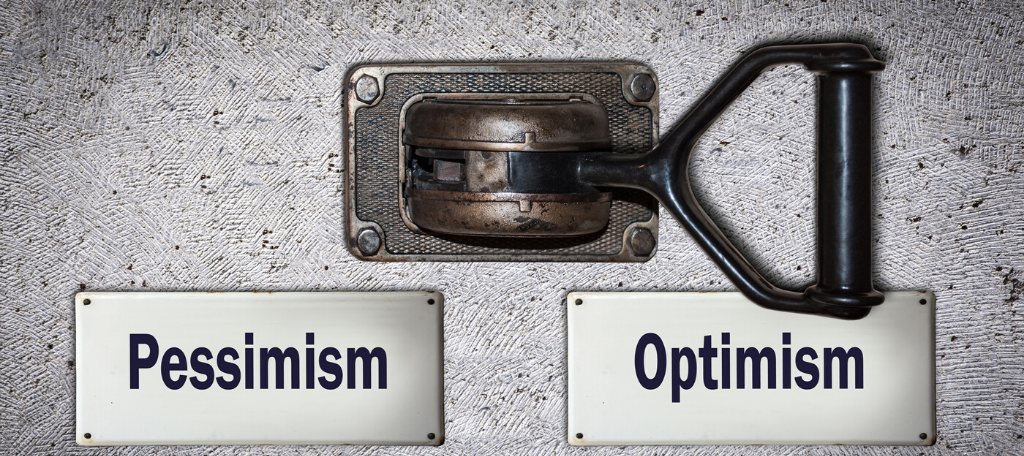 If your immediate answer is yes, then maybe you are a pessimist! However, most people don’t fully understand the true definitions of optimism and pessimism. Optimism and pessimism are distinct ways of looking at the world and how we explain the events around us. This is called an explanatory style, basically how we explain and understand situations. According to Dr. Martin Seligman, the author of Learned Optimism, there are three components to an explanatory style:
If your immediate answer is yes, then maybe you are a pessimist! However, most people don’t fully understand the true definitions of optimism and pessimism. Optimism and pessimism are distinct ways of looking at the world and how we explain the events around us. This is called an explanatory style, basically how we explain and understand situations. According to Dr. Martin Seligman, the author of Learned Optimism, there are three components to an explanatory style:
1. Permanence—whether we believe a situation will be permanent or temporary.
2. Pervasiveness—whether we believe an event is specific or global.
3. Personalization—whether we think we have a sense of personal control over the situation.
Here’s an example dating back to many years ago. Even as a young girl, I knew I wanted to be a psychologist. I loved everything about psychology and human behavior. I was devastated, though, when I failed my first psychology test in college. My mind was racing, and I was trying to figure out how that could be, whether I was smart enough, and what other career choices I should pursue. In trying to make sense of all of this (as well as dealing with all the emotions), I started thinking about ways I could improve.
I became motivated to succeed.
Here’s the breakdown of my thought process based on the three components: “I can do this. It’s just one test. I’ll do better next time. I just have to figure out how to study better. I should talk to the teacher.” The underlying explanation with this chain of thought: “It’s only temporary. It’s one bad grade. It won’t be this way forever. It’s not permanent. Also, I didn’t fail all my tests or all my classes, so it’s specific to this test. It’s not pervasive. Lastly, I can control how I study and learn better strategies. I can influence the outcomes. It’s within my personal control.” My explanations for this negative event point to an optimistic explanatory style.
The beauty of the optimistic style is that it enhances motivation and drive to succeed. A pessimistic style leads to a sense of helplessness and actually curtails motivation. Once you become aware of your thoughts, you have the power to change. You can choose to be an optimist. Would you like to find out if you’re an optimist? You can take the assessment from Martin Seligman here.
Do you want to practice being an optimist?
Join our upcoming BOUNCE Mind Gym to practice the skills of being optimistic and resilient. Check out: www.bounceclass.com.



